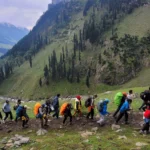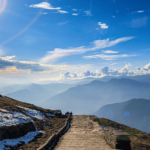Table of Contents
Introduction to the Doon Valley Region
Nestled in the foothills of the Himalayas, Dehradun is one of the most vibrant and culturally rich cities in Northern India. Known for its natural beauty, educational institutions, and spiritual significance, this city has grown into a modern city while preserving its deep-rooted traditions. Located in the Doon Valley between the Ganges and Yamuna rivers, the city offers a mix of urban comfort and serene landscapes.
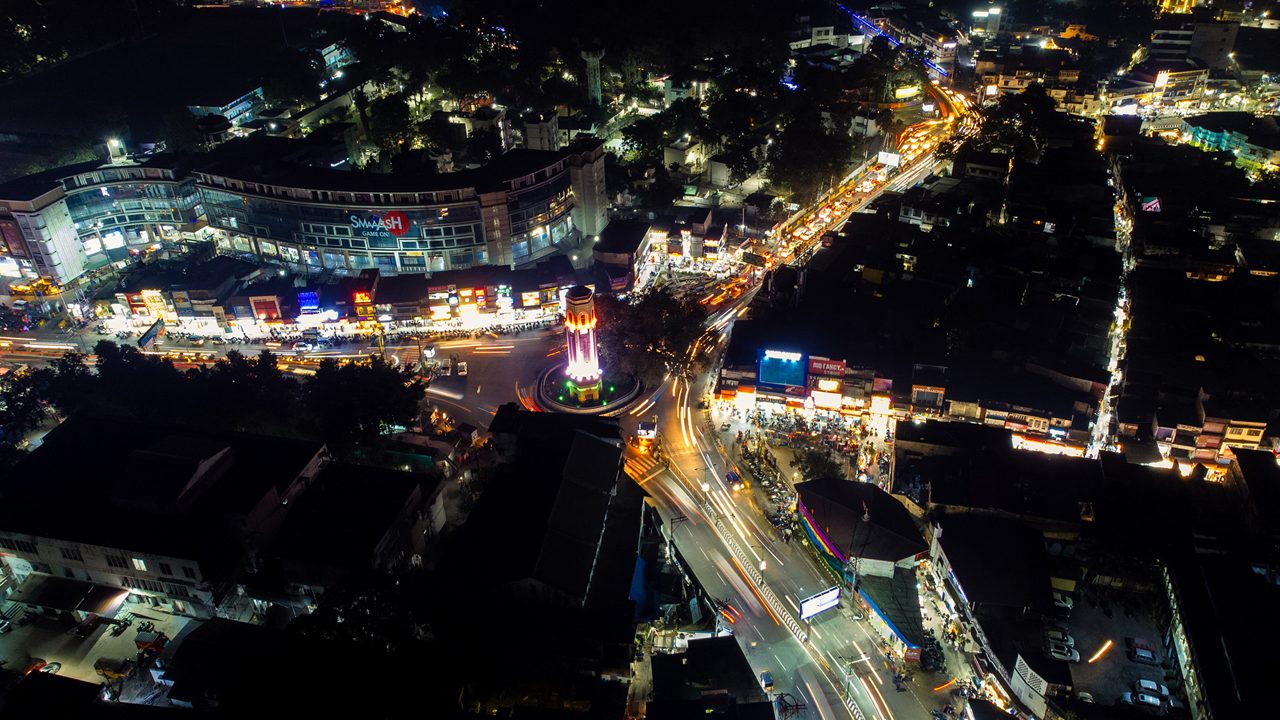
Geography of the Capital Region
The capital city of Uttarakhand is situated at an elevation of 640 meters (2,100 ft) above sea level. It is flanked by the Himalayas in the north and the Shivalik hills in the south. The city lies within the fertile Doon Valley, which supports lush greenery and agricultural productivity. The climate in Dehradun is temperate – summers are warm, monsoons are lush and refreshing, and winters are cool with occasional fog.
Geographically, this region serves as a gateway to popular hill stations like Mussoorie and pilgrimage centers such as Haridwar and Rishikesh. Its position makes it a crucial hub for tourism and logistics in Uttarakhand.
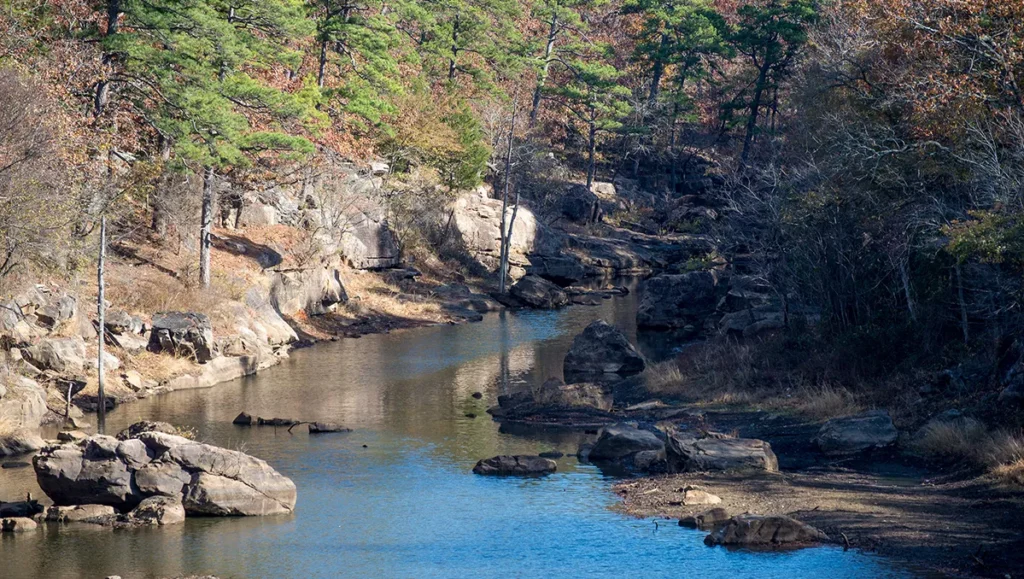
Historical Background
This Himalayan town’s history dates back to ancient times. It finds mention in the Skanda Purana and the Mahabharata, and it is believed that Dronacharya, the legendary teacher of the Pandavas and Kauravas, resided here. This association earned the area the name “Dronanagari.”
During the British Raj, it evolved into a center for education and administration. Post-independence, it became a key district in Uttar Pradesh and was later declared the interim capital of Uttarakhand when the state was carved out in 2000.
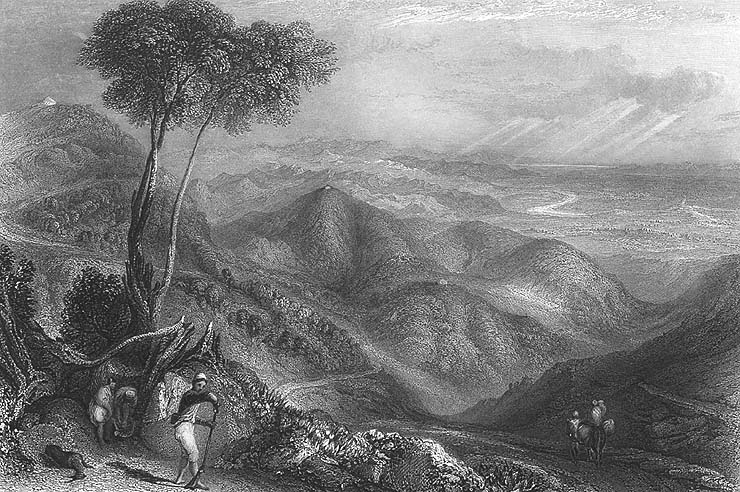
Economy of the City
The capital’s economy is a blend of tourism, agriculture, education, and information technology.
- Tourism remains a primary revenue source due to its natural attractions and spiritual sites.
- Agriculture, including cultivation of basmati rice, litchi, and mushrooms, plays a vital role in the rural economy.
- The area is home to major national institutions such as ONGC, Survey of India, Forest Research Institute (FRI), and Indian Military Academy (IMA), which provide thousands of jobs.
- It is also emerging as an IT and education hub, with growing infrastructure supporting startups and software development.
Political Importance
This administrative center holds political significance as the provisional capital of Uttarakhand. It hosts the Uttarakhand Legislative Assembly, various administrative offices, and the official residences of the Chief Minister and Governor.
Elections here reflect the broader political trends of the state. The city has been pivotal in policy discussions around tourism, ecology, and development planning for the Himalayan region.

Culture & Traditions
Dehradun is a cultural melting pot with influences from Garhwali, Kumaoni, Punjabi, and Tibetan communities. Festivals like Holi, Diwali, Basant Panchami, Makar Sankranti, and Jhanda Mela are celebrated with great enthusiasm.
Traditional Garhwali music and dance performances such as Langvir Nritya are integral to local culture. Handicrafts, woolen shawls, and woodwork are prominent in markets. The local cuisine includes Kafuli, Phaanu, Aloo ke Gutke, and Bal Mithai.

Education & Institutions
Dehradun is referred to as the School Capital of India. Notable institutions include:
- The Doon School
- Welham Girls’ School
- Forest Research Institute (FRI)
- Indian Military Academy (IMA)
- UPES (University of Petroleum & Energy Studies)
- DIT University
- Wadia Institute of Himalayan Geology
These centers make Dehradun an academic magnet for students across the country.
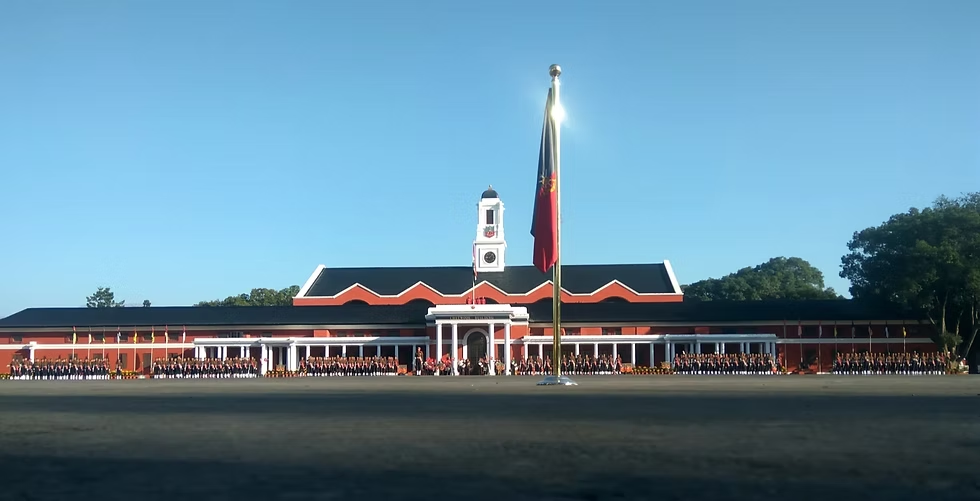
Transportation and Connectivity
- By Air: Jolly Grant Airport connects Dehradun to Delhi, Mumbai, and other metros.
- By Train: Dehradun Railway Station is well-connected to cities like Delhi, Kolkata, Amritsar, and Varanasi.
- By Road: National highways link Dehradun with Haridwar, Rishikesh, Mussoorie, and Chandigarh.
- Public transport: Auto-rickshaws, shared Vikrams, buses, and taxis are common in and around the city.
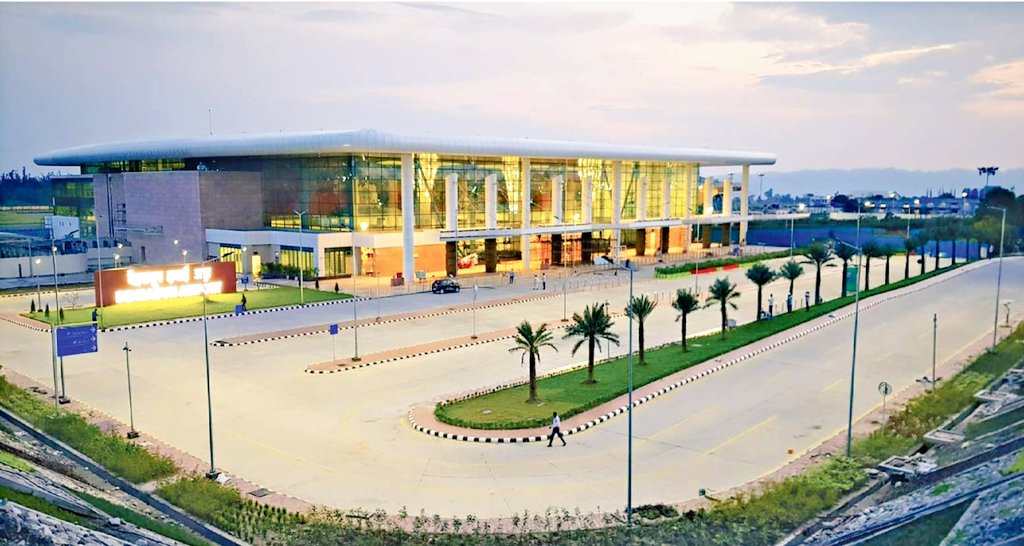
Best Places to Visit in Dehradun
1. Robber’s Cave (Guchhupani)
A natural cave formation with a running stream, ideal for picnics and photography.
2. Sahastradhara
Famous for its sulphur springs, waterfalls, and caves – a popular monsoon destination.
3. Mindrolling Monastery
A peaceful Tibetan monastery with a massive stupa, gardens, and prayer halls.
4. Forest Research Institute (FRI)
A colonial-era institution with Indo-Gothic architecture, botanical museum, and lush campus.
5. Tapkeshwar Mahadev Temple
Located by a natural cave, the temple is dedicated to Lord Shiva and attracts spiritual seekers.
6. Malsi Deer Park (now Dehradun Zoo)
Perfect for family outings and a chance to see deer, leopards, and birds.
7. Wadia Institute & Regional Science Centre
Science exhibits, geology models, and interactive learning for children and students.
8. Clock Tower (Ghanta Ghar)
An iconic colonial landmark in the heart of Dehradun’s commercial zone.
9. Paltan Bazaar
The go-to market for woolens, street food, souvenirs, and local life vibes.
10. Rajpur Road
Modern cafes, bookshops, boutique stores, and lively street culture define this popular area.
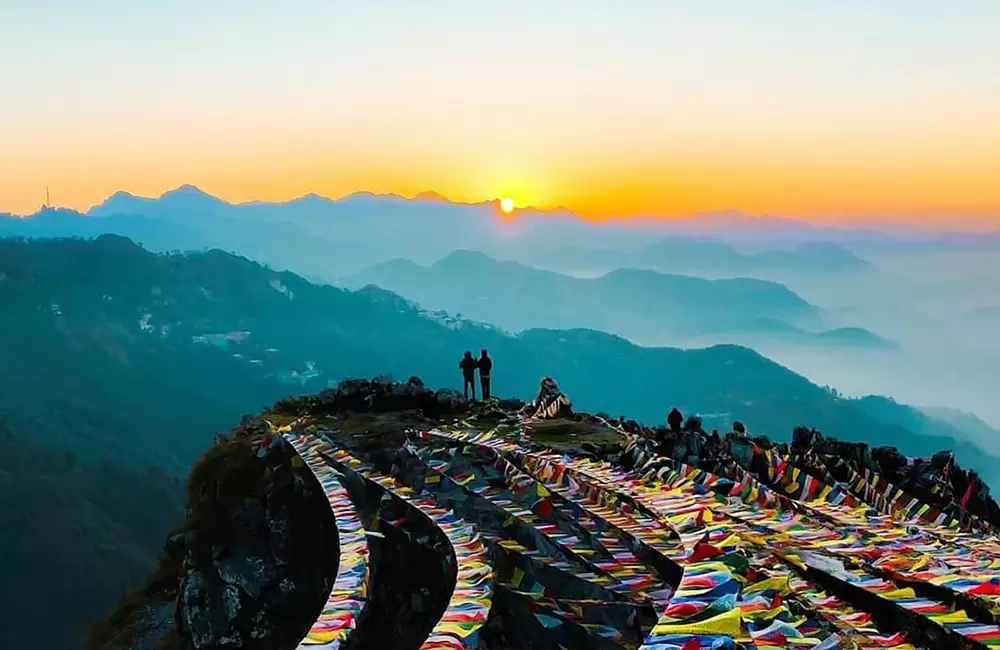
Dehradun’s Local Food Culture
Don’t miss these must-try dishes:
- Kandalee ka saag – Traditional Garhwali dish made from local greens
- Chainsoo – High-protein dish made of roasted black gram
- Gahat (Kulthi) soup – Popular for health and taste
- Singhori – A sweet wrapped in Malu leaves
- Local momos & street noodles – Tibetan influences on Doon’s food scene
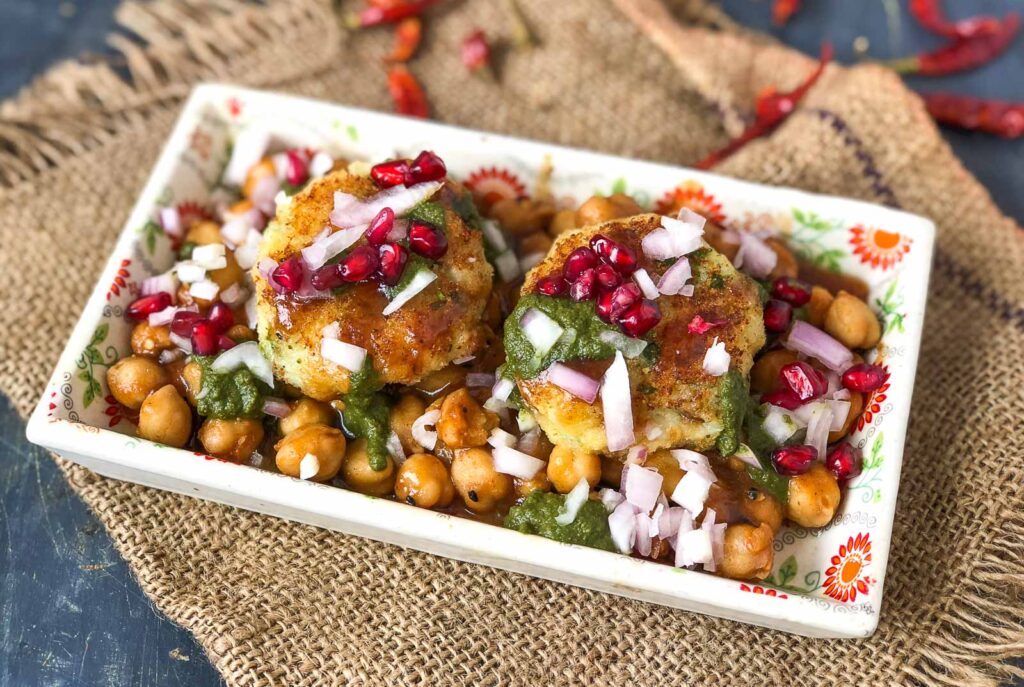
Adventure and Nature Activities
- Trekking to Nag Tibba
- Cycling along Maldevta and Thano roads
- Camping near Tons River
- Paragliding and Ziplining near Mussoorie Road
- Bird watching at Asan Barrage and Lachhiwala
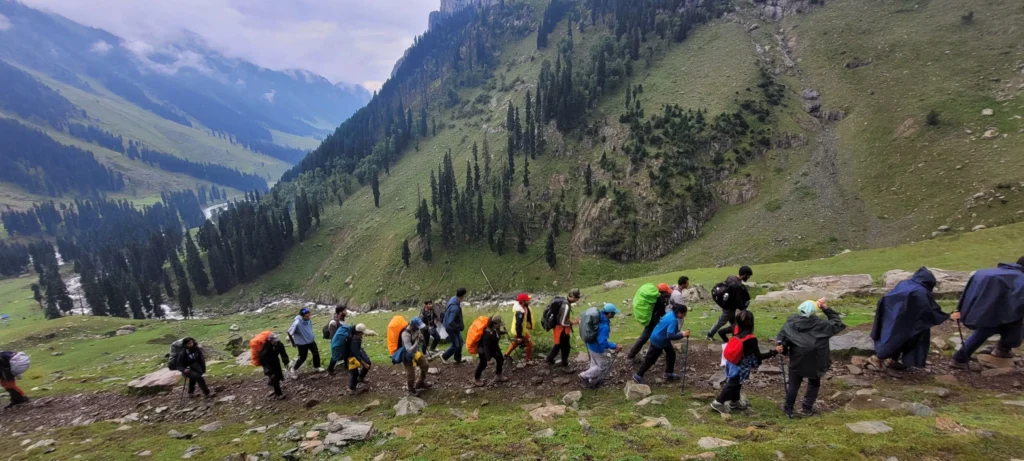
Accommodation: Best Hotels in Dehradun
- Couple-Friendly: Hotel Saffron Leaf, Seyfert Sarovar Portico
- Budget: Hotel Galaxy, Hotel Doon Castle
- Luxury: Four Points by Sheraton, Ramada by Wyndham
- Boutique: Lemon Tree Hotel, Hotel Inderlok

Climate Guide for Travelers
| Season | Months | Temperature Range | What to Expect |
|---|---|---|---|
| Summer | Mar–Jun | 20–35°C | Warm, perfect for sightseeing |
| Monsoon | Jul–Sep | 18–30°C | Rainy, lush, waterfall season |
| Autumn | Oct–Nov | 15–28°C | Pleasant, clear skies |
| Winter | Dec–Feb | 3–20°C | Cold mornings, foggy nights |
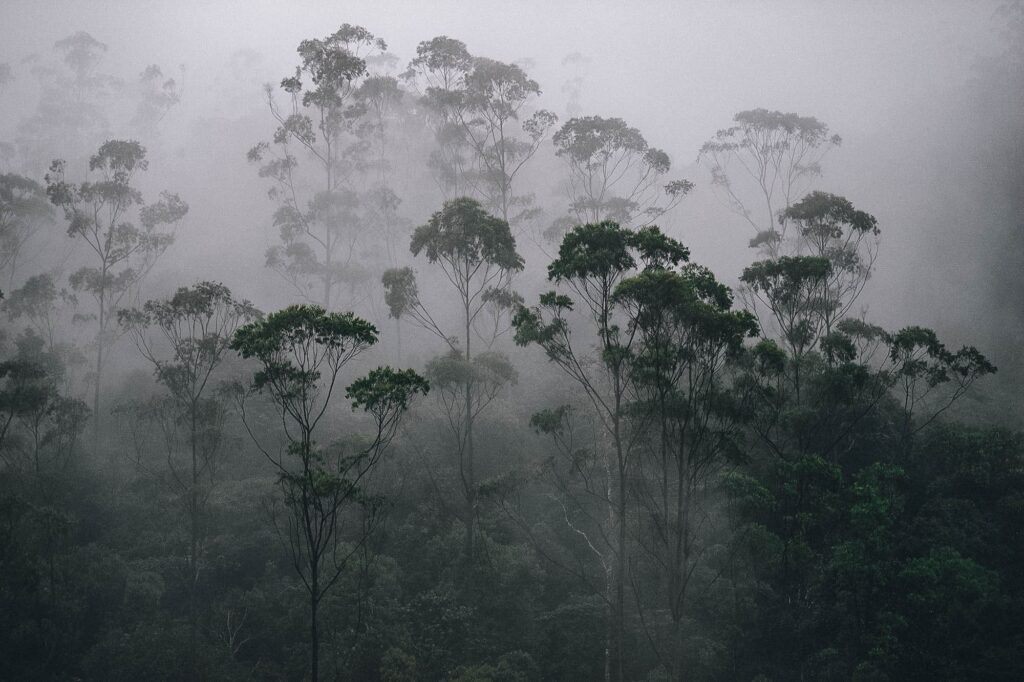
FAQs About Dehradun
1. Is Dehradun good for solo travel?
Yes, it’s considered safe and ideal for solo travelers.
2. What is Dehradun famous for?
Education, natural beauty, and cultural diversity.
3. Which month is best to visit Dehradun?
March to June and October to November.
4. Does Dehradun receive snowfall?
No, but nearby Mussoorie does.
5. What local food should I try?
Kafuli, Phaanu, Bal Mithai, and Singori.
6. How many days are enough for Dehradun?
2–3 days are sufficient for a basic city tour.
7. Is there nightlife in Dehradun?
Yes—cafes, bars, and lounges especially on Rajpur Road.
8. Can I go trekking from Dehradun?
Yes, Nag Tibba and Benog Hill are popular options.
9. Where can I shop locally?
Paltan Bazaar, Tibetan Market, and Pacific Mall.
10. What languages are spoken in Dehradun?
Hindi, Garhwali, English, and Punjabi.
Final Thoughts
Dehradun is not just a destination—it’s an experience. From colonial architecture and vibrant markets to forest trails and spiritual calm, the city offers a perfect mix of adventure, peace, and cultural depth. Whether you’re planning a family trip, a solo escape, or a romantic getaway, Dehradun should be high on your travel list in 2025.
#DehradunTravel #ExploreUttarakhand #DoonDiaries #TravelIndia #VisitDehradun

